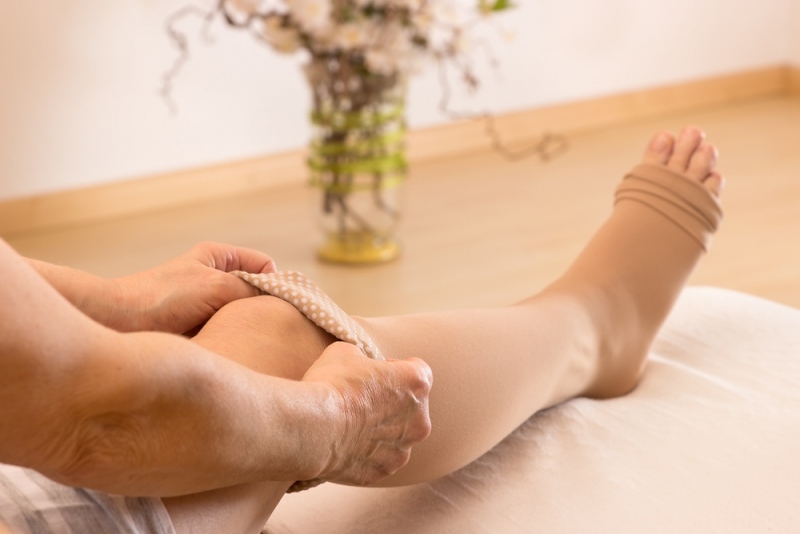Remedies to Help Combat Varicose Veins

Varicosities develop in men and women when there is consistently increased blood pressure within the vein and near the skin surface. There are valves throughout the body, and one place to find valves is in the leg veins. Blood in the leg veins always moves towards the heart.
Envision a one-way street. Your veins are one-way, sending blood to the heart until the blood circulates back to the legs. These valves open and close, allowing this blood passage to the heart.
These valves prevent blood in the legs to pool or back up. Often these valves weaken or fail to open or close and cause the blood to pool in the vein. This pooling puts pressure on the vein, and the vein starts to stretch out and pop forth, pushing at the skin, creating a knotted, twisted, and swollen appearance of the vein.
Varicosities develop as early as 20-years of age and common during pregnancy. However, varicose veins are more prevalent among the older generation over 40 years of age.
Varicose veins are caused by:
Since everyone is different, you may or may not experience symptoms. If you do experience symptoms, you need to look for the following.
You need to seek treatment for varicosities because if you let this go, you can develop other health issues such as blood clots, discoloration of the legs at the site of the veins. This color is shiny and brownish-blue over the vein. If you have been diagnosed with Chronic Venous Insufficiency, it is difficult to heal. Also, you can develop ulcers at the site called Venous Statis Ulcers.
You can develop inflammation in the layer of fatty tissue just under the skin surface. This condition can cause pain and skin discoloration. You need to try to increase circulation through specific treatment.
There are countless remedies for varicose veins. Some may work for you and some solutions for varicose veins may not work. There is no overnight home remedy. You must give the treatments time to work. Non-surgical remedies you can try include:

If treating your varicose veins non-surgically isn’t working, then it might be time to see your doctor about other treatment options. Some options your doctor might suggest:
If you suffer from varicose veins, then you should try some at-home remedies to relieve the symptoms. However, if your symptoms persist and become more severe, then you should talk to your doctor about surgical treatment options.
